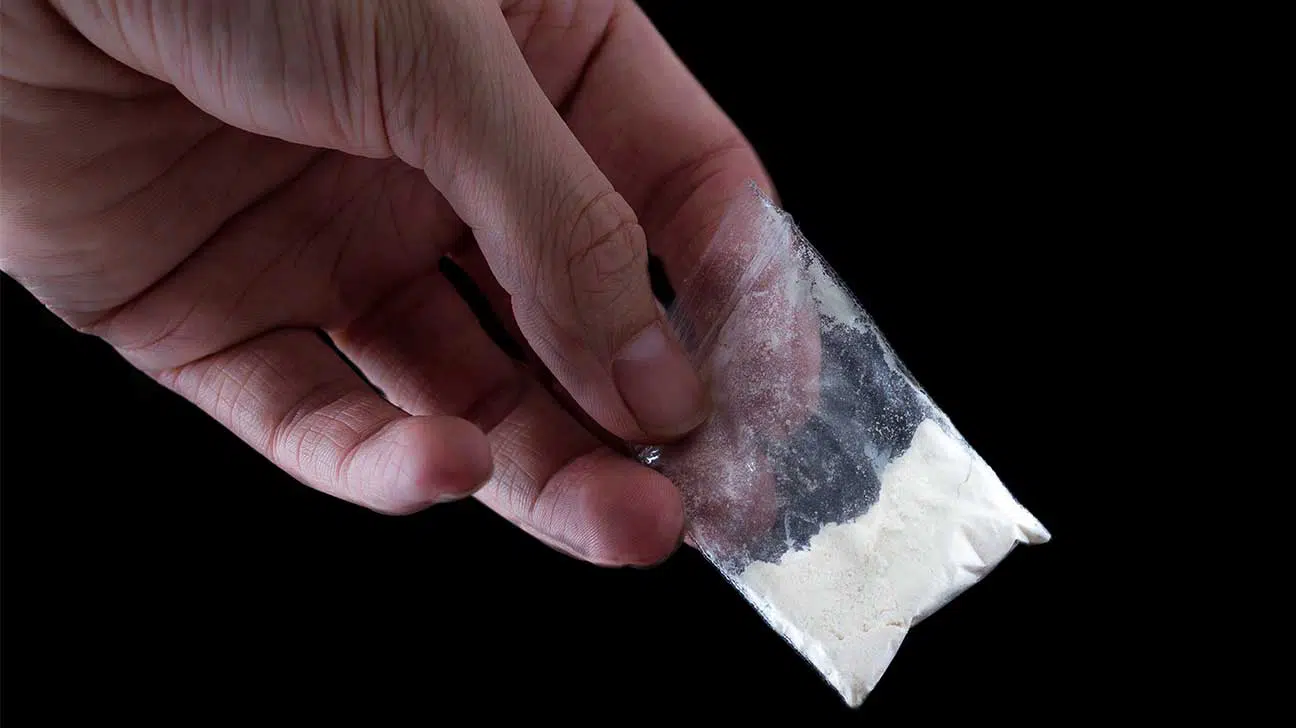History Of Cocaine
Cocaine has a long history that began in the Andes Mountains and has spread throughout the world. What began as an anesthetic medicine has become an addictive and illegal drug.

Cocaine is a stimulant drug that can lead to substance abuse issues due to its highly addictive nature.
It originates in South America but has since spread to Europe, Australia, America, and other parts of the world.
Keep reading to learn where the drug comes from, the early medicinal uses, legal issues surrounding cocaine, and the risk of cocaine addiction.
Cocaine Comes From Coca Leaves
Cocaine comes from the coca plant, which grows in several South American countries.
Coca leaves have been chewed by some indigenous communities for more than 1,000 years. The Incas, for instance, considered the coca plant sacred.
The coca plant remains especially prevalent across South America today, including areas such as Peru, Colombia, and Bolivia.
Coca leaves produce a similar effect to cocaine. They have a topical numbing effect, block fatigue, and work as an appetite suppressant.
However, the effects of coca leaves are much milder than the effects of cocaine.
Origin Of Cocaine
In 1855, a German chemist named Friedrich Gaedcke isolated the cocaine alkaloid and began performing research on its effects.
In 1860, another German chemist named Albert Niemann isolated powder cocaine from the coca plant, heightening the plant’s energizing and anesthetic properties.
After that point, several chemists began working on improving cocaine production. In the earliest days of cocaine use, scientists did not realize how addictive this substance was.
Early Medicinal Uses
After cocaine was isolated from the coca plant, scientists began experimenting with the substance for medical purposes throughout the late 1800s and early 1900s.
Cocaine did have some legitimate medical uses. In fact, cocaine is still used in some medical settings today (however, this is rare).
Because cocaine constricted blood vessels and blocked nerve signals, doctors used cocaine as a local anesthetic. Carl Koller used cocaine on his patients while performing eye surgery.
Cocaine was also used as a means to treat morphine addiction in the 1870s and 1880s.
Historic Figures And Cocaine Use
During this time, several prominent people began experimenting with this drug.
Thomas Edison, for example, frequently drank Vin Mariani, a wine that contained cocaine. Likewise, Austrian psychoanalyst Sigmund Freud began experimenting with cocaine.
Though Freud praised the perceived benefits of cocaine — even writing a paper about it called “Uber Coca” — he became addicted to the substance for more than a decade.
Anti-Cocaine Legislation
By the 1880s, cocaine had become popularized in American cities. Though the coca plant came from South America, cocaine was being sold as far north as New York City.
Products containing cocaine were easily obtainable, as cocaine had gained a reputation as a “miracle cure” for many ailments.
Before cocaine became an illegal drug, it could be found in tonics, elixirs, prescription drugs, and even sodas.
In fact, Coca-Cola got its name because John Pemberton included cocaine in the original recipe.
However, the Harrison Narcotics Tax Act prohibited the sale of cocaine in 1914, placing cocaine in the same category as other illicit drugs.
The Rise Of Cocaine Addiction
The DEA notes that cocaine addiction became a major issue in the United States in the 1980s. This increased drug use occurred for two reasons.
First, drug trafficking increased, and the U.S. saw a greater importation of cocaine from South America. As a result, the price of cocaine dropped, making it more easily accessible.
Second, a form of cocaine called crack cocaine was invented.
Unlike freebase cocaine (purified and powdered), crack is a hardened form of cocaine with the appearance of small white rocks.
These “rocks” could be smoked, and they produced a quick high. As a result, crack use became an epidemic, impacting millions of people across the nation.
Today, nearly 1.9 million adults abuse cocaine — a quarter of whom use crack cocaine.
Cocaine Use In Massachusetts
Today, cocaine addiction affects people of all ages and socioeconomic backgrounds. Massachusetts has an especially troubling level of cocaine use among citizens.
Though Massachusetts has a bigger problem with opioids and opiates, cocaine is still one of the most commonly used drugs in the state.
Across the state, law enforcement agencies report that people use cocaine by snorting, injection, and smoking.
Sometimes, people combine cocaine with other drugs, including cannabis, amphetamines, opioids, and others.
The Massachusetts Department of Public Health reports that cocaine has been consistently associated with opioid overdose deaths in the state.
The report found that overdose deaths involving stimulants (namely cocaine) have been on the rise for the past two decades. In 2018, there were 766 stimulant-involved deaths.
Cocaine Addiction Treatment In Massachusetts
Drug treatment centers in Massachusetts offer programs for residents who deal with substance abuse.
Detox programs help to manage the symptoms of withdrawal before moving on to the next stage of treatment.
Outpatient programs, inpatient drug rehab, counseling, and aftercare can all help Massachusetts citizens recover from cocaine use and regain mental health.
Get Help For Cocaine Addiction
Cocaine addiction is a difficult and complex mental health condition. People who deal with cocaine addiction require support and treatment to heal from drug abuse.
Spring Hill Recovery Center uses evidence-based treatment programs, including detox and aftercare, to help people overcome addiction.
If you or a loved one may have an addiction to cocaine, contact Spring Hill Recovery Center today to get help and support.
- Frontline — A Social History Of America’s Most Popular Drugs https://www.pbs.org/wgbh/pages/frontline/shows/drugs/buyers/socialhistory.html
- National Institute On Drug Abuse — Cocaine DrugFacts https://nida.nih.gov/publications/drugfacts/cocaine
- National Library Of Medicine — Carl Koller, Cocaine, And Local Anesthesia: Some Less Known And Forgotten Facts https://pubmed.ncbi.nlm.nih.gov/22531385/
- National Library Of Medicine — Coca And Cocaine As Medicines: An Historical Review https://pubmed.ncbi.nlm.nih.gov/7017287/
- National Library Of Medicine — Coca: The History And Medical Significance Of An Ancient Andean Tradition https://www.ncbi.nlm.nih.gov/pmc/articles/PMC4838786/


